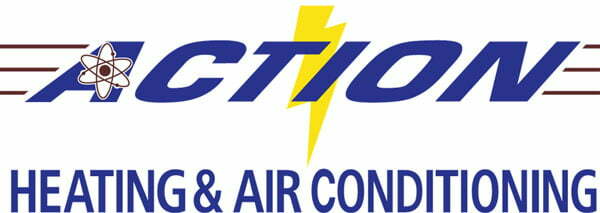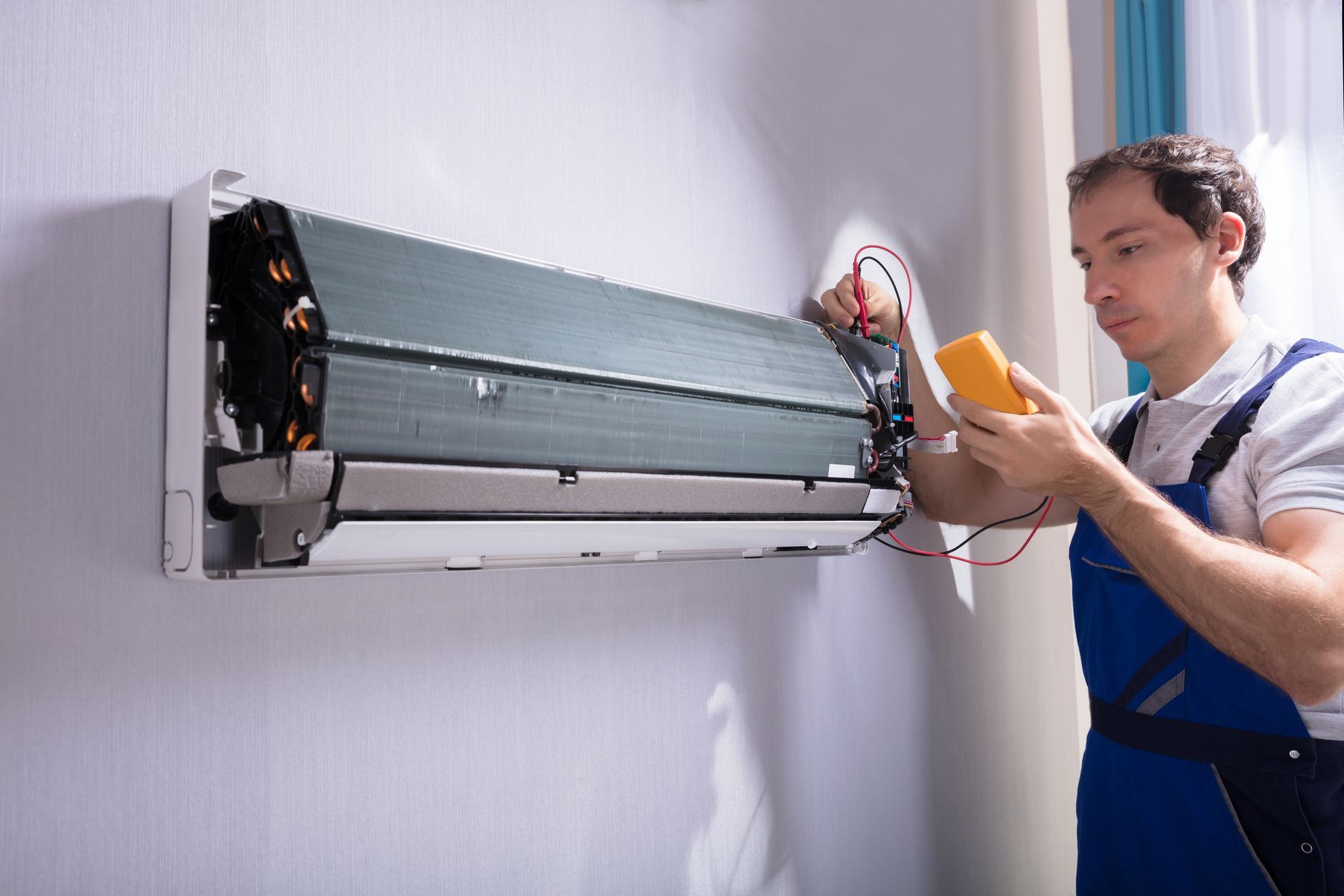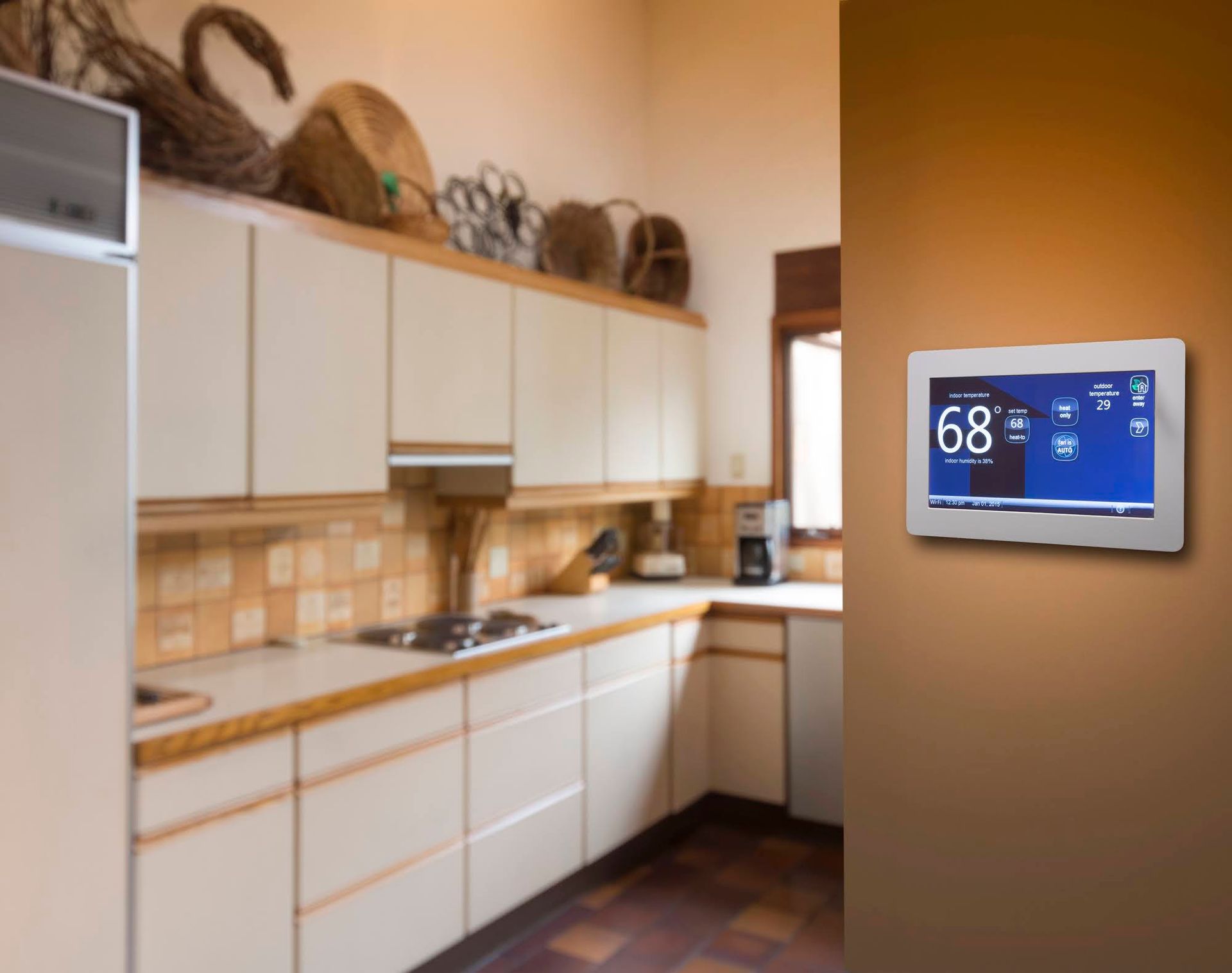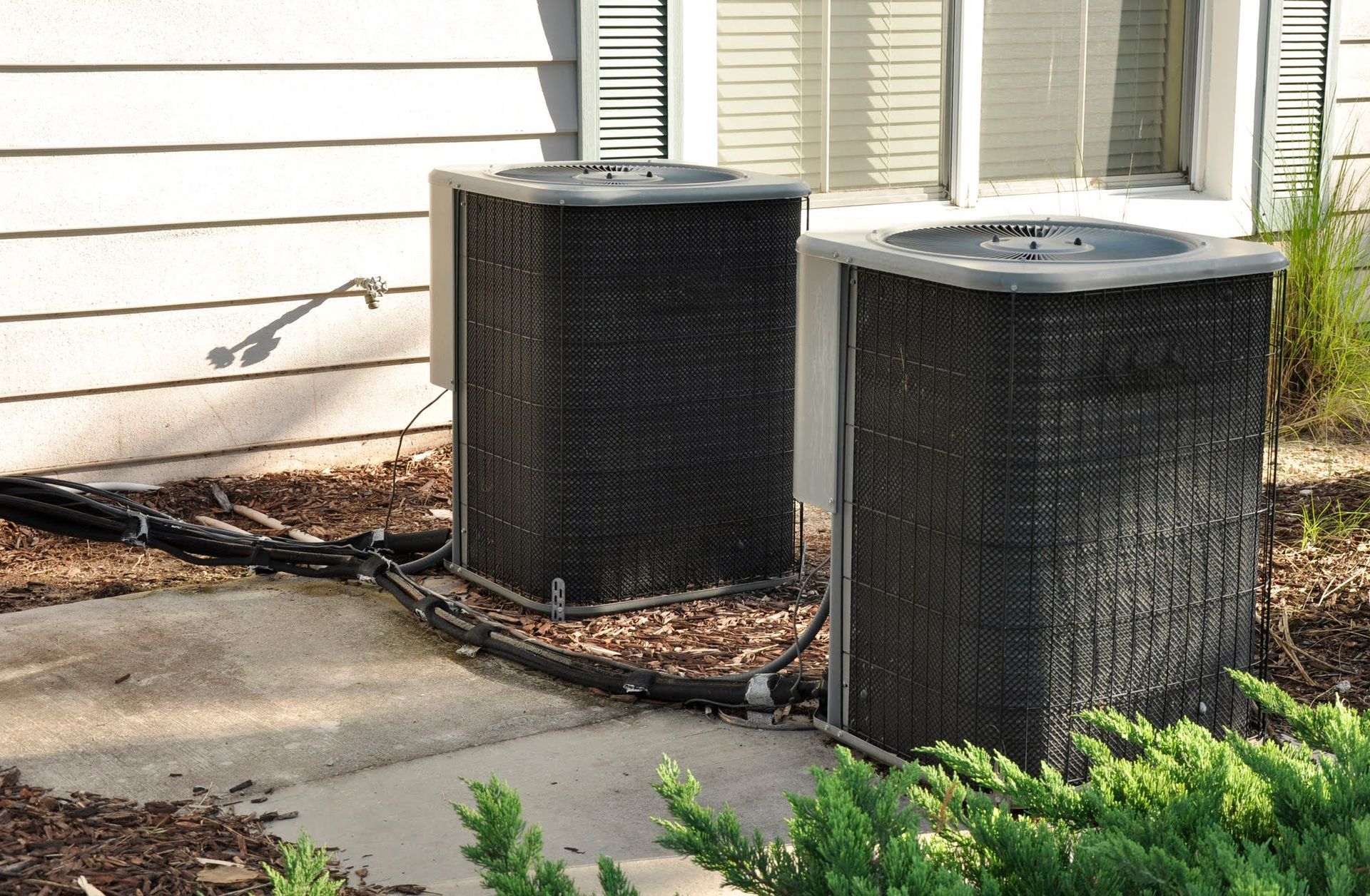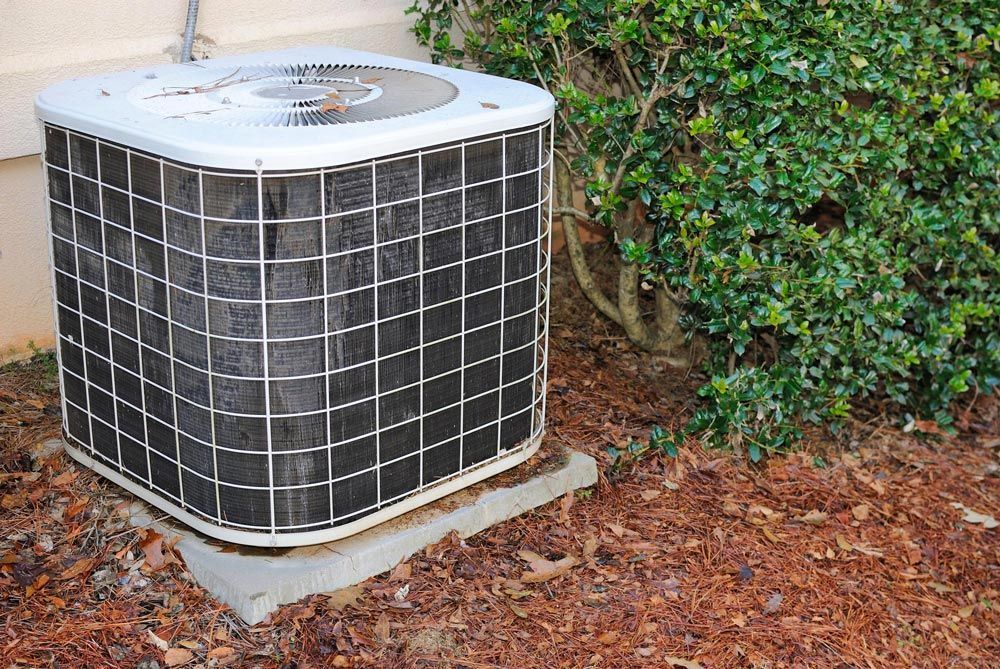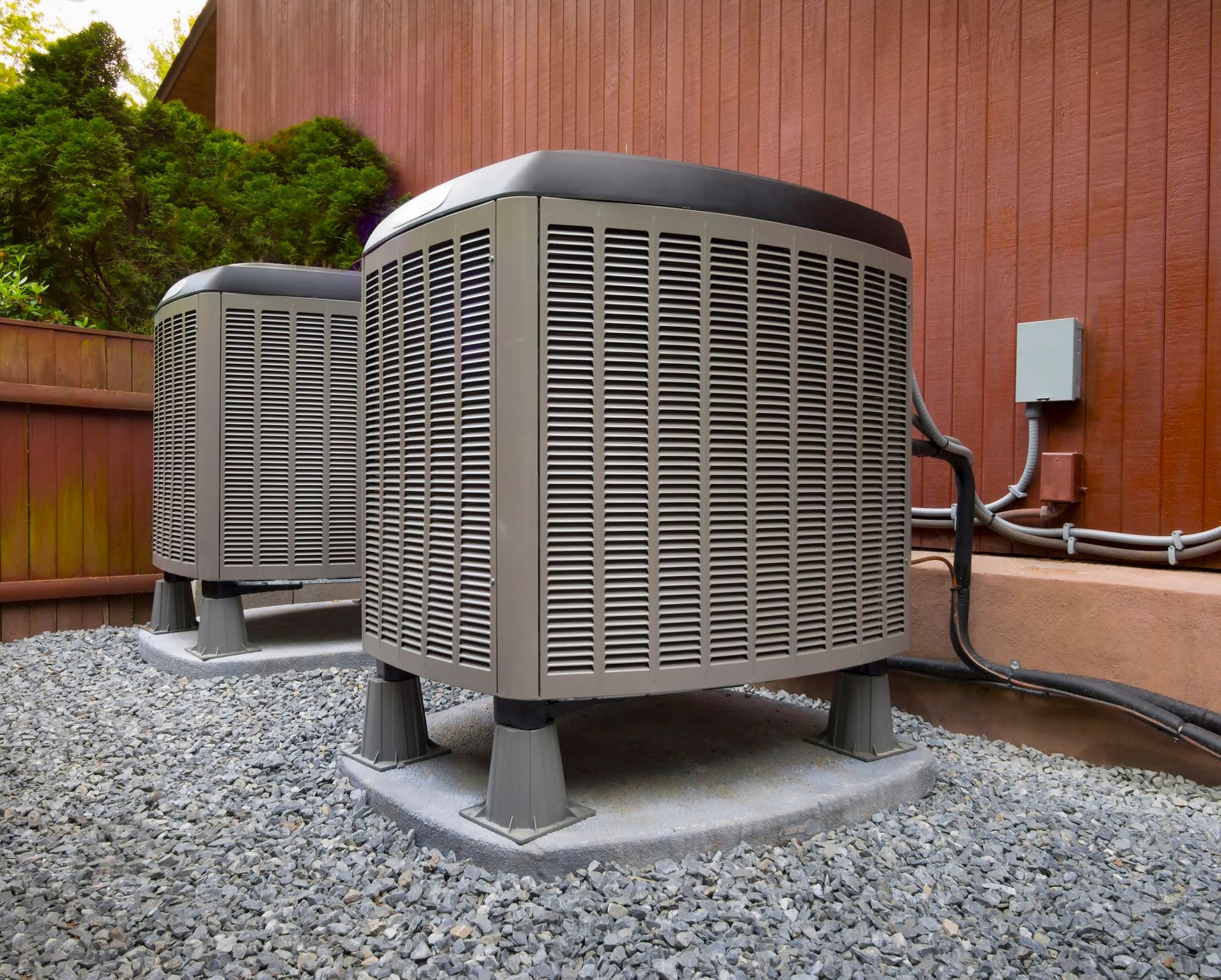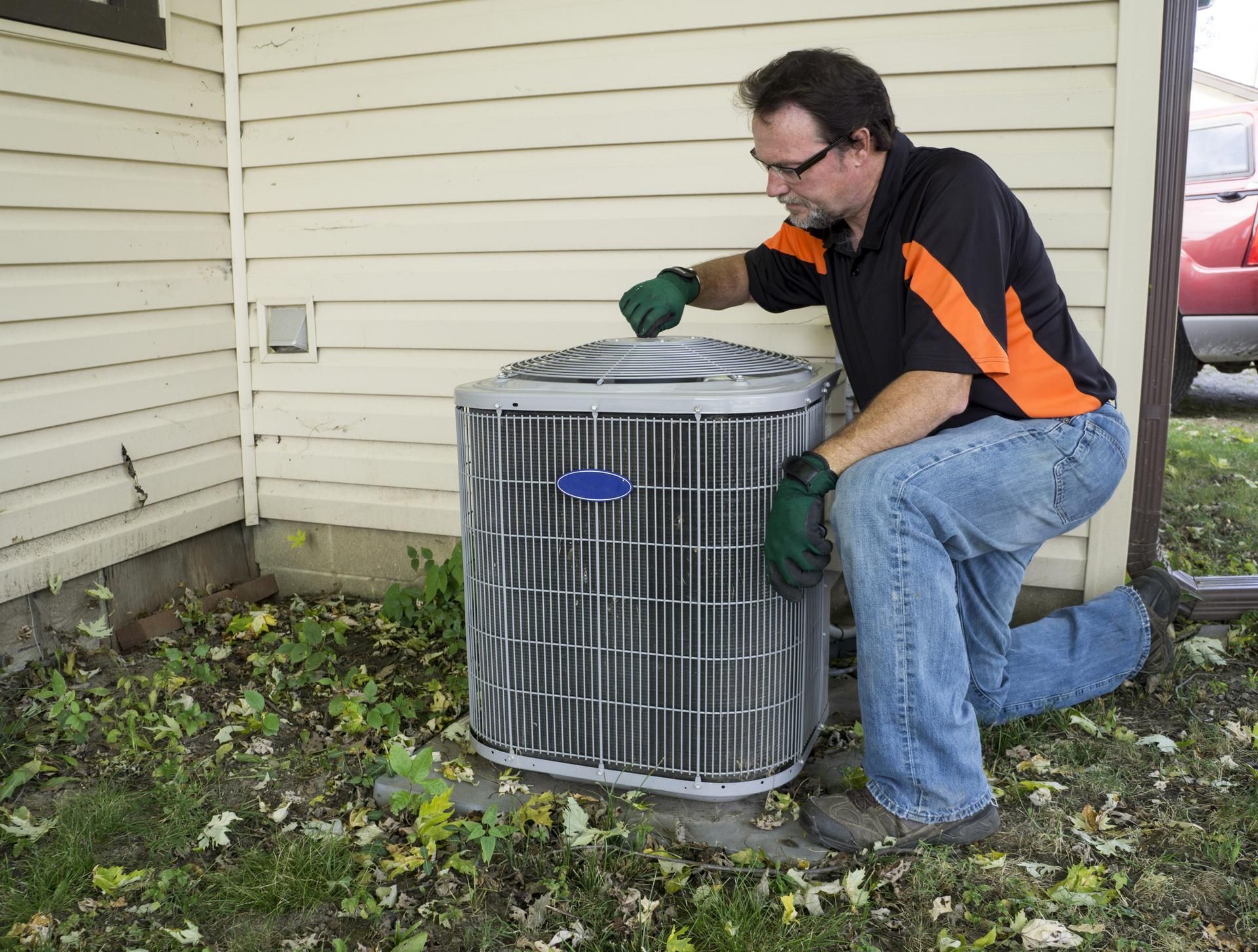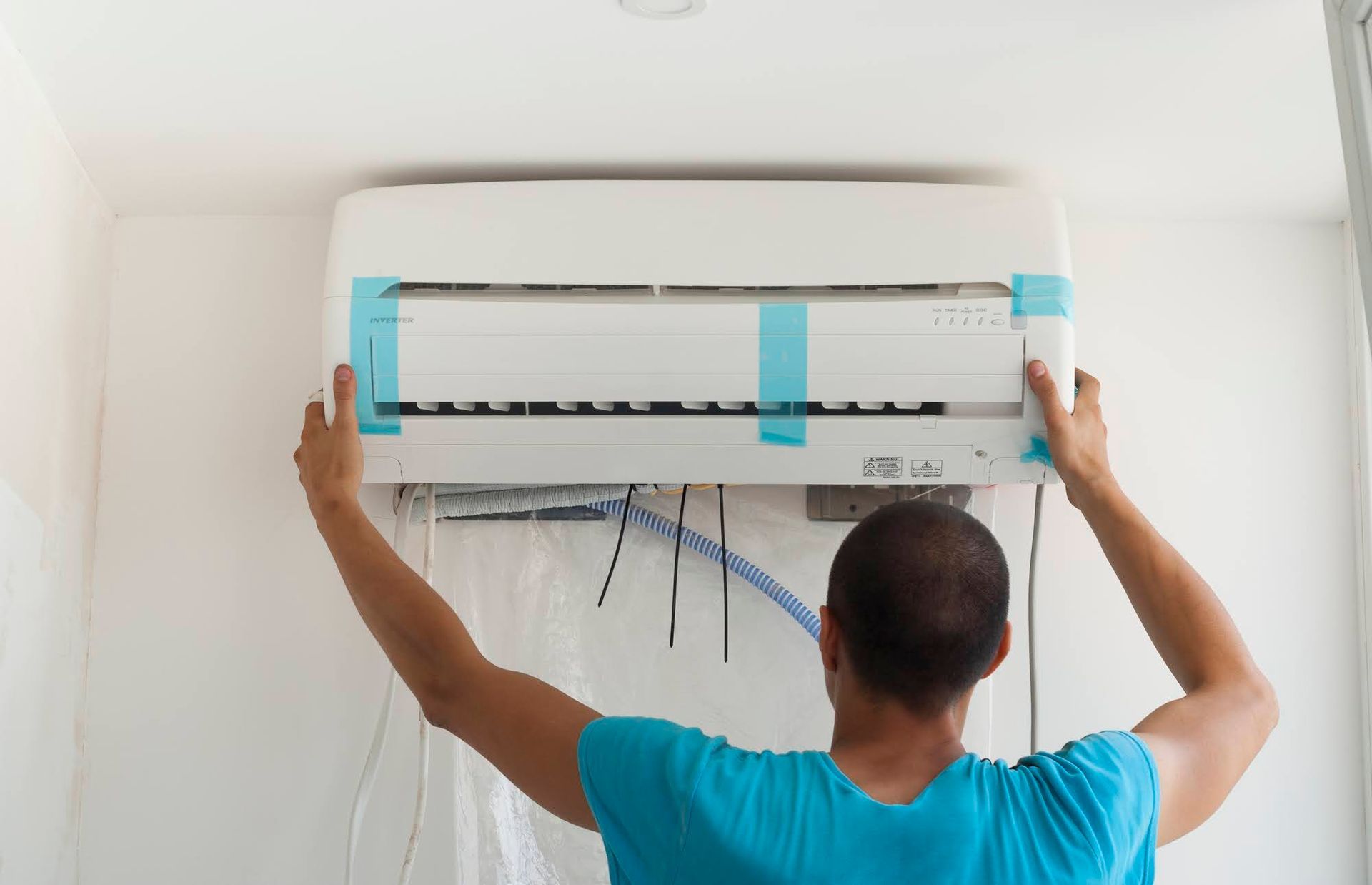
Choosing the right air conditioning system for your home is a critical decision, especially when it comes to balancing efficiency, cost, and comfort. While traditional central air conditioning units have been the standard for decades, ductless AC systems, also known as mini-split systems, are becoming increasingly popular. Understanding the differences between these two options and the specific benefits of ductless systems can help you make an informed choice that best suits your needs. Flexibility and Zoning Control One of the most significant advantages of ductless AC systems over traditional units is their flexibility in installation and zoning control. Conventional central air conditioning systems utilize a network of ducts to disperse cool air effectively throughout your home. This means that your entire home is cooled to the same temperature, regardless of whether all the rooms are being used. Ductless systems, on the other hand, consist of an outdoor unit connected to one or more indoor air handlers, which can be installed in individual rooms or zones. This setup allows you to independently control the temperature in specific areas of your home, providing personalized comfort in each room. For example, you can keep your living room cool during the day while saving energy by setting a higher temperature in unused bedrooms. This level of zoning control enhances comfort and contributes to energy savings, as you’re not cooling areas that don’t need it. Easy Installation and Less Disruption Installing a traditional central air conditioning system can be a complex and time-consuming process, especially in homes that don’t already have ductwork. The installation typically involves significant alterations to your home’s structure, including the installation of ducts in walls, ceilings, or floors. This can be disruptive, expensive, and time-consuming. Ductless AC systems offer a much simpler and less invasive installation process. As ductwork is unnecessary, the installation process usually consists of affixing the indoor units to walls or ceilings and linking them to the outdoor unit via a small conduit. This conduit necessitates only a tiny hole in the wall, reducing disturbances in your household. Most ductless installations can be completed in a single day, making them an ideal option for homeowners looking for a quick and easy solution. Improved Indoor Air Quality Indoor air quality is an important consideration when choosing an air conditioning system. Conventional ducted systems may trap dust, allergens, and pollutants, circulating them throughout your home whenever the system operates. Even with regular cleaning and maintenance, keeping ducts free of contaminants can be challenging, potentially compromising indoor air quality. Ductless systems, by contrast, eliminate the risk of dust and debris accumulation in ducts. Many ductless units also come with advanced filtration systems that can capture dust, pollen, and other airborne particles, improving the overall air quality in your home. This can be particularly beneficial for individuals with allergies, asthma, or other respiratory conditions, as it helps create a cleaner and healthier indoor environment. Quiet Operation and Enhanced Comfort Another benefit of ductless AC systems is their quiet operation. Traditional air conditioning systems can be noisy, with the sound of air moving through the ducts and the operation of the compressor. This noise can be disruptive, especially at night or in quiet environments. Ductless systems, however, are designed for quiet operation. The indoor units operate at a much lower noise level than traditional systems, making them an excellent choice for bedrooms, home offices, and other areas where peace is essential. Additionally, controlling the temperature in individual rooms enhances overall comfort, allowing each family member to enjoy their preferred climate. Ductless AC systems offer several advantages over traditional air conditioning units, making them an increasingly popular choice for homeowners. With their flexibility in zoning, energy efficiency, ease of installation, improved indoor air quality, and quiet operation, ductless systems provide a modern and efficient solution for home cooling. Whether you’re looking to replace an existing system or upgrade your home’s comfort, considering a ductless AC system could be a decision that brings long-term benefits to both your comfort and your wallet. Contact us at Action Heating and Air Conditioning Inc. to learn more.
